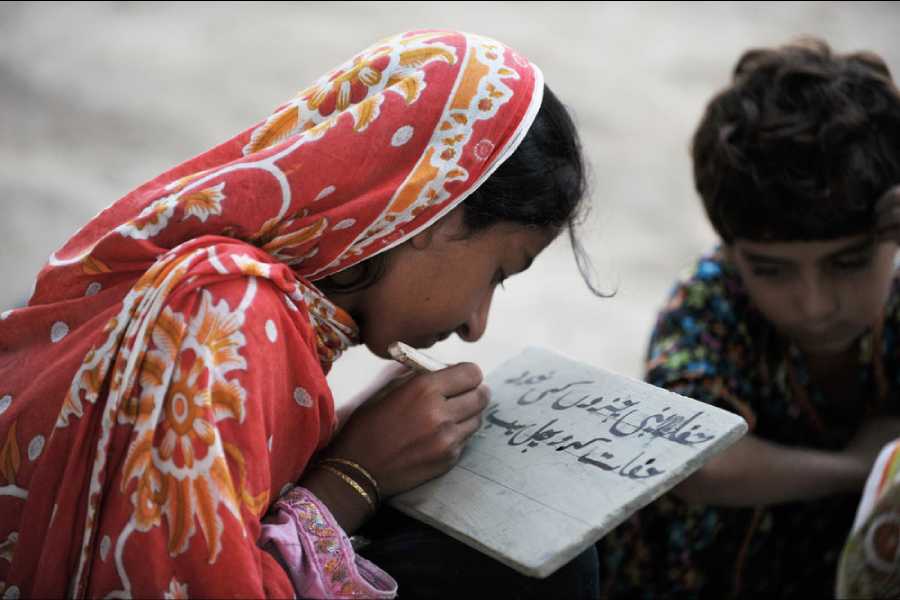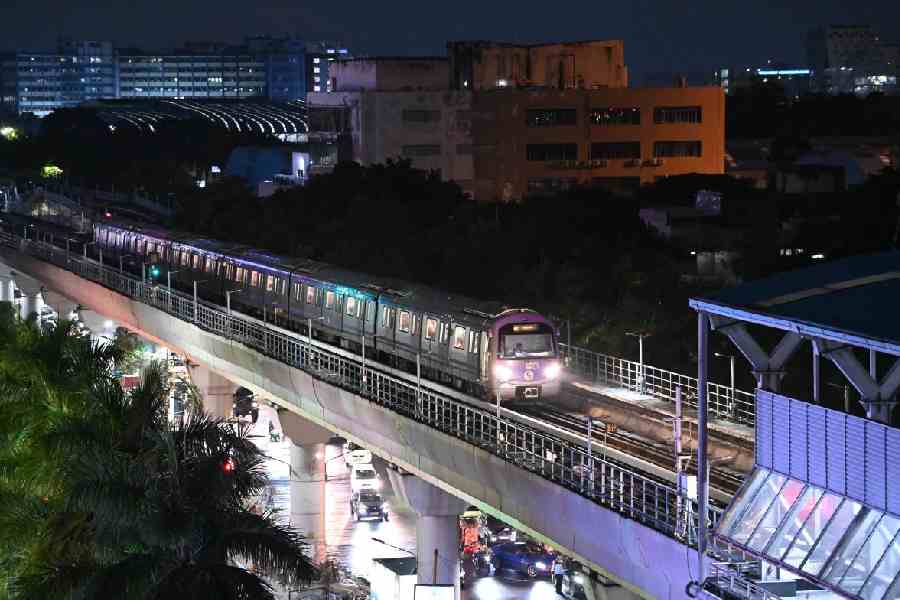|
|
The Yokohama message emanating from the international decade for natural disaster reduction in May, 1994 underlined the need for an emphatic shift in the strategy for disaster mitigation. It was inter alia stressed that disaster prevention, mitigation, preparedness and relief are four elements which contribute to and gain from the implementation of the sustainable development policies. These elements, along with environmental protection and sustainable development, are closely inter-related, and it was therefore, recommended that Nations should incorporate them in their development plans and ensure efficient follow-up measures at the community, sub-regional, regional, national and international levels. The Yokohama Strategy also emphasized that disaster prevention, mitigation and preparedness are better than disaster response in achieving the goals and objectives of vulnerability reduction....
The Government of India have adopted mitigation and prevention as essential components of their development strategy. The Tenth Five Year Plan document has a detailed chapter on Disaster Management. The plan emphasizes the fact that development cannot be sustainable without mitigation being built into developmental process. Each State is supposed to prepare a plan scheme for disaster mitigation in accordance with the approach outlined in the plan...
The Finance Commission makes recommendations with regard to devolution of funds between the Central Government and State Governments as also outlays for relief and rehabilitation. The earlier Finance Commissions were mandated to look at relief and rehabilitation. The... Twelfth Finance Commission...has been mandated to look at the requirements for mitigation and prevention apart from its existing mandate of looking at relief and rehabilitation. A Memorandum has been submitted to the Twelfth Finance Commission after consultation with States. The Memorandum proposes the creating of a disaster mitigation fund, which will assist the States in taking mitigation measures like retrofitting of lifeline buildings, coastal shelterbelt plantation, etc.
The Government of India have issued guidelines that where there is a shelf of projects, projects addressing mitigation will be given a priority. It has also been mandated that each project in a hazard prone area will have disaster prevention/mitigation as a term of reference....
Ministry of Home Affairs have initiated National Disaster Risk Management Programme in all the flood-prone States. Assistance is being provided to the States to draw up disaster management plans at the State, District, Block/ Taluka and Village levels, awareness generation campaigns to sensitize all the stakeholders on the need for flood preparedness and mitigation measures. Elected representatives and officials are being trained in flood disaster management under the programme. Bihar, Orissa, West Bengal, Assam and Uttar Pradesh are among the 17 multi-hazard prone States where this programme is being implemented with assistance from UNDP, USAID and European Commission.
A comprehensive programme has been taken up for earthquake risk mitigation. Although, the Bureau of Indian Standards has laid down the standards for construction in the seismic zones, these were not being followed. The building construction in urban and suburban areas is regulated by the Town and Country Planning Acts and Building Regulations. In many cases, the Building regulations do not incorporate the BIS codes. Even where they do, the lack of knowledge regarding seismically safe construction among the architects and engineers as well as lack of awareness regarding their vulnerability among the population led to most of the construction in the urban/sub-urban areas being without reference to BIS standards. In the rural areas, the bulk of the housing is non-engineered construction. The mode of construction in the rural areas has also changed from mud and thatch to brick and concrete construction thereby increasing the vulnerability. The increasing population has led to settlements in vulnerable areas close to the river bed areas which are prone to liquefaction. The Government have moved to address these issues.











